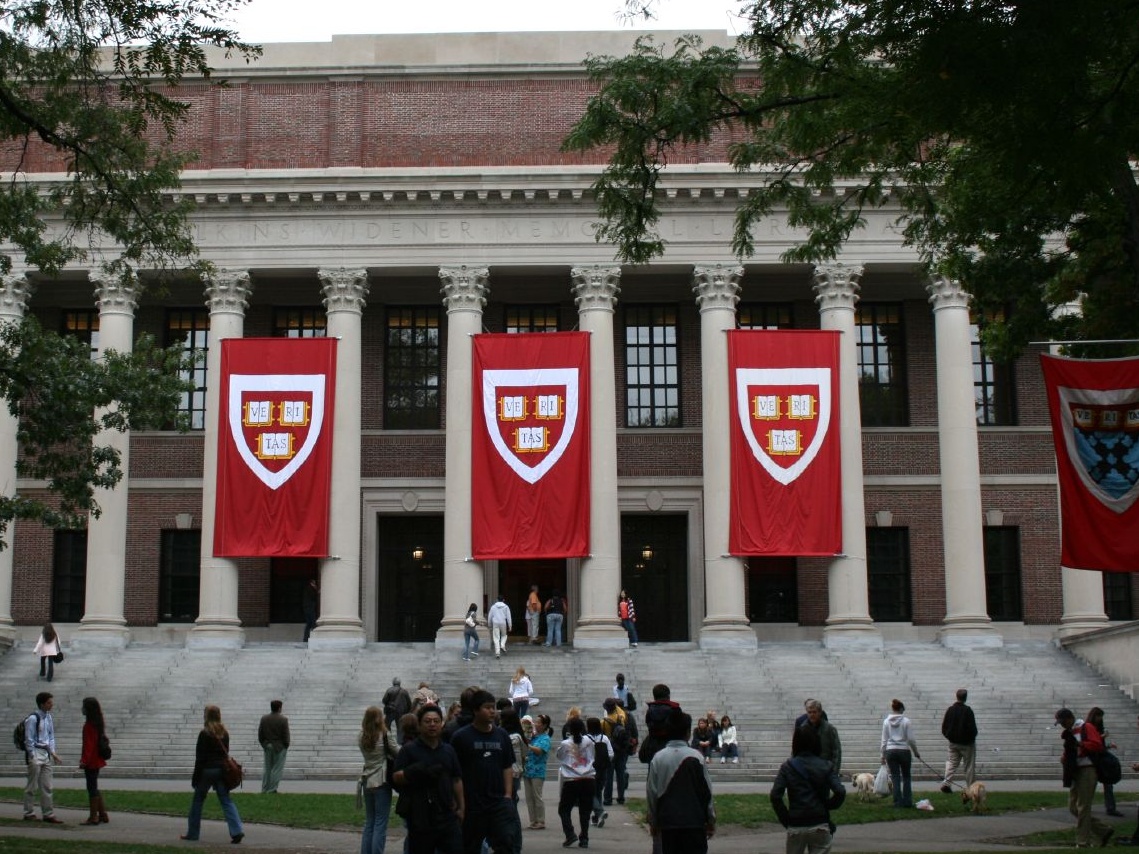Federal District Court Judge Allison Burroughs sided with Harvard University in a case that is likely to prompt the Supreme Court to decide on the future of affirmative action.
Judge Burroughs ruled in favor of the university on Tuesday in a case aimed at taking down affirmative action.
An organization, Students for Fair Admissions, led by right-wing activist Edward Blum, filed a lawsuit in 2014 claiming Harvard's admission process unfairly discriminates against Asian Americans.
Blum has spent decades fighting efforts to increase the number of Black and Hispanic students at U.S. universities and colleges. He filed similar lawsuits against the University of North Carolina at Chapel Hill and the University of Texas at Austin.
The Supreme Court ruled against Blum in the University of Texas case partially because of the vote of moderate Supreme Court Justice Anthony Kennedy.
Schools across the country are now terrified the Supreme Court will back Blum and strike down affirmative action now that Kennedy has been replaced by controversial conservative Justice Brett Kavanaugh. The Trump Administration submitted a "statement of interest" supporting Blum and said they are investigating Harvard as well.
For his first two lawsuits, Blum used white plaintiffs to argue they were unfairly kept out of their university of choice in favor of less qualified Black and Hispanic students. Despite the courts repeatedly ruling against him, Blum has been opting this time to use Asian American students as the plaintiffs in the case against Harvard.
His lawsuit listed four basic claims about Harvard's admission process. According to The New York Times, Blum claimed: "that Harvard intentionally discriminated against Asian Americans; that it used race as a predominant factor in admissions decisions; that it racially balanced its classes; and that it had considered applicants’ race without first exhausting race-neutral alternatives to create diversity."
Judge Burroughs thoroughly dissected Blum's arguments in her decision and wrote, while Harvard's system is far from perfect, it was better than any alternative. She cleared Harvard of all the charges made in Blum's lawsuit.
"The students who are admitted to Harvard and choose to attend will live and learn surrounded by all sorts of people, with all sorts of experiences, beliefs and talents. They will have the opportunity to know and understand one another beyond race, as whole individuals with unique histories and experiences. It is this, at Harvard and elsewhere that will move us, one day, to the point where we see that race is a fact, but not the defining fact and not the fact that tells us what is important, but we are not there yet," Judge Burroughs wrote.
In her decision, she noted that although Blum repeatedly used Asian Americans in his lawsuit, not a single Asian American was actually named as a plaintiff and no Asian Americans agreed to testify they were discriminated against by Harvard.
“Finally, SFFA did not present a single Asian American applicant who was overtly discriminated against or who was better qualified than an admitted white applicant when considering the full range of factors that Harvard values in its admissions process,” the judge wrote.
“The court notes that Harvard’s current admissions policy does not result in under-qualified students being admitted in the name of diversity — rather, the tip given for race impacts who among the highly-qualified students in the applicant pool will be selected for admission to a class that is too small to accommodate more than a small percentage of those qualified for admission,” she added.
In the process of defending themselves in the lawsuit, Harvard was forced to show their system actually heavily favors white students with wealth or high-level connections as well as Asian American students. They intentionally lowered SAT scoring requirements for white students in certain parts of the country and created a "Dean's List" for children of alumni and professors.
While Harvard admitted there were some racial discrepancies in how Asian Americans were rated in a "personality" section of the application process, statistics show that as a group they are overrepresented at Harvard.
Asian Americans make up about 23% of each admitted class even though Asian Americans are only 6% of the U.S. population. Black and Hispanic people are more than 30 percent of the population, yet are only 20% of the Harvard student body combined.
Many news outlets have noted the vast majority of Asian Americans support affirmative action and are not in favor of its removal.
One Asian American Harvard student told The New York Times she disagreed with Blum attempting to pit racial groups against each other in service of his goal of limiting the number of Black and Hispanic students in school.
“I was really uncomfortable with the idea of Asian Americans as a whole being used. Taking down affirmative action would be detrimental to all people of color," she said.
Blum said he would be appealing the decision to the First Court of Appeals and the Supreme Court if he had to. However, Judge Burroughs was clear that Blum's arguments failed to convince her affirmative action should be changed or removed.
“In 2003, the Supreme Court articulated its expectation that in twenty-five years, it would not be necessary to use racial preferences to achieve a diverse student body. As time marches on and the effects of entrenched racism and unequal opportunity remain obvious, this goal might be optimistic and may need to change,” Judge Burroughs wrote.
